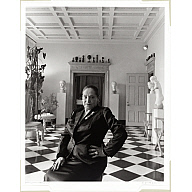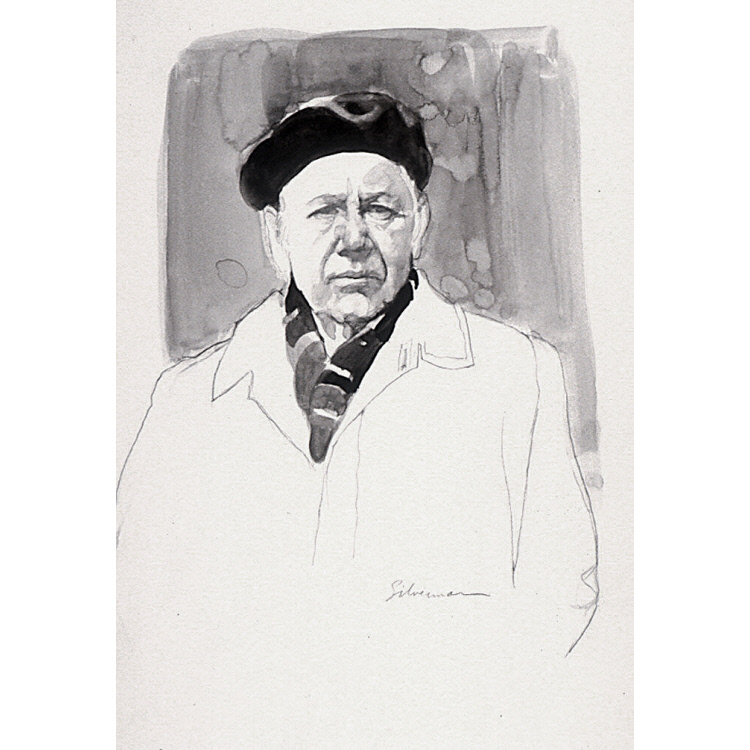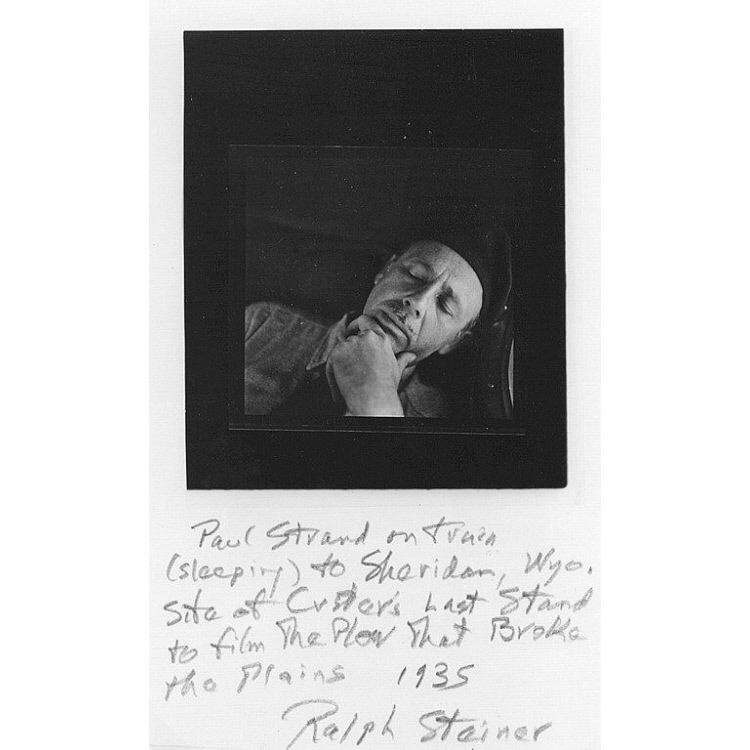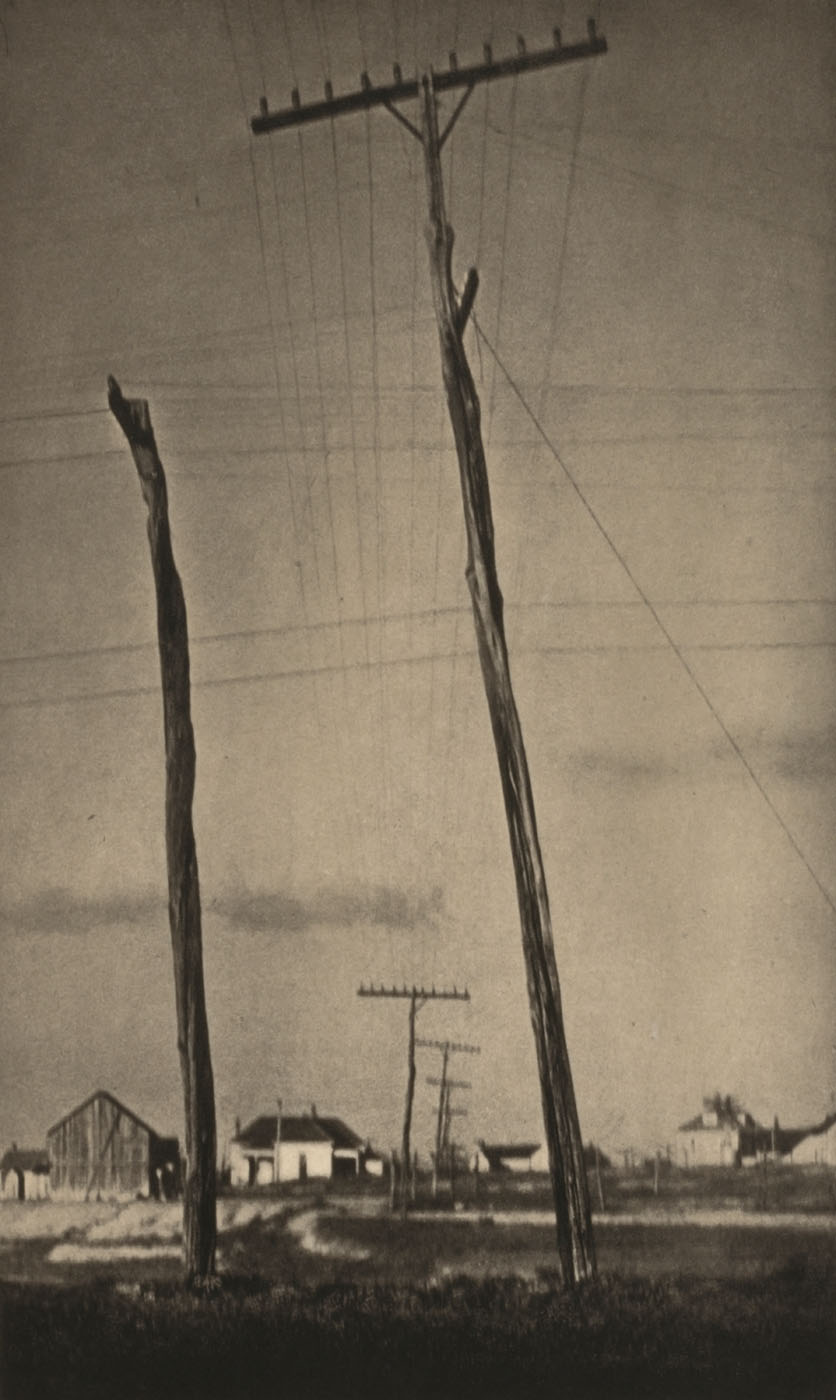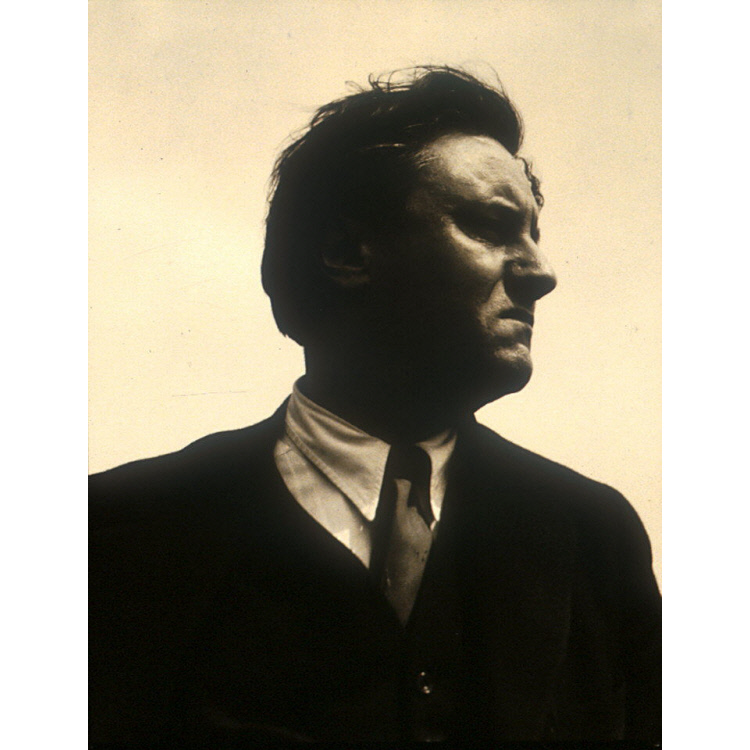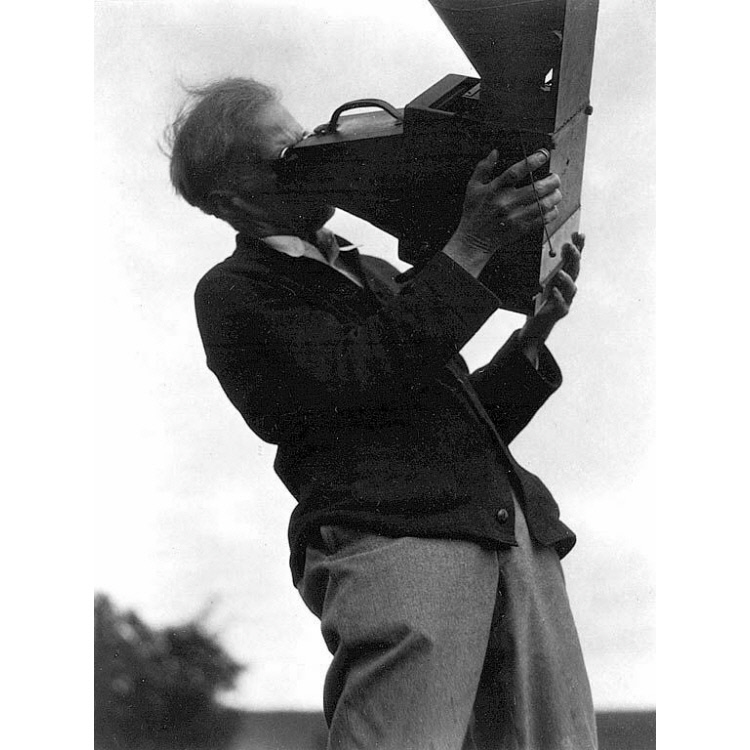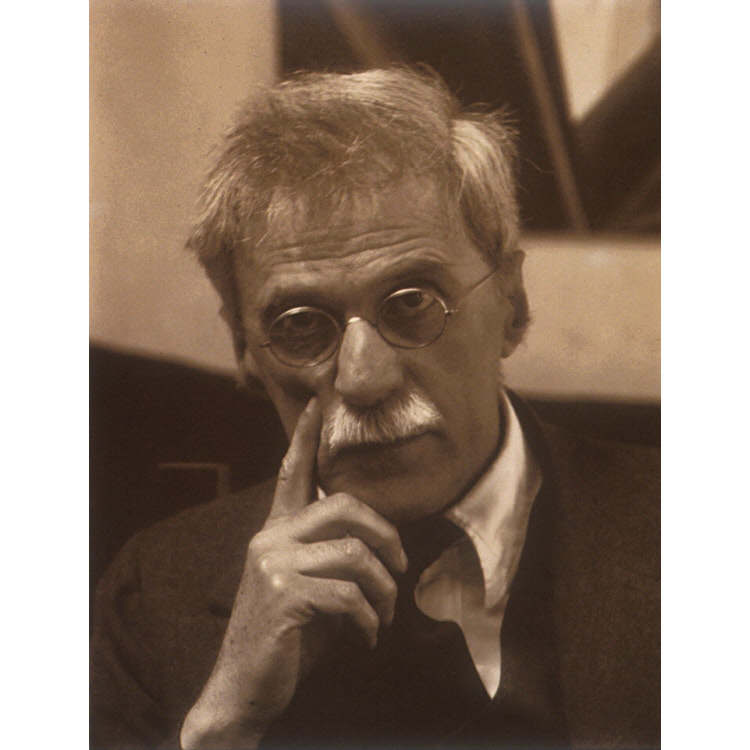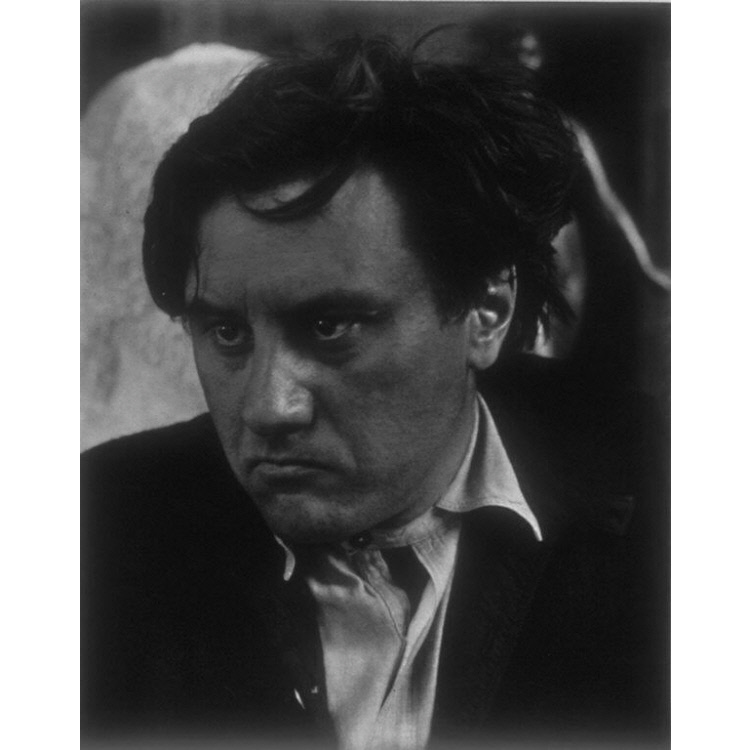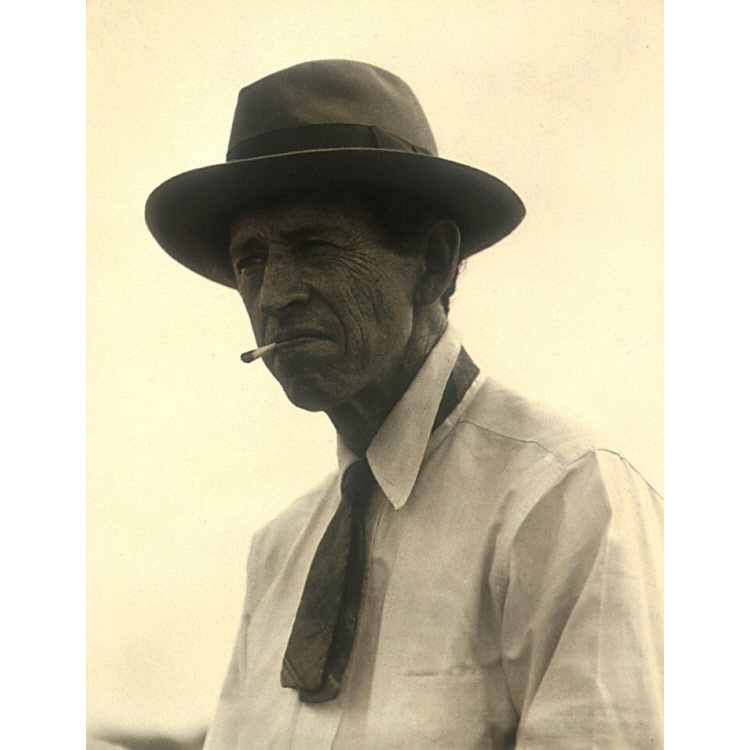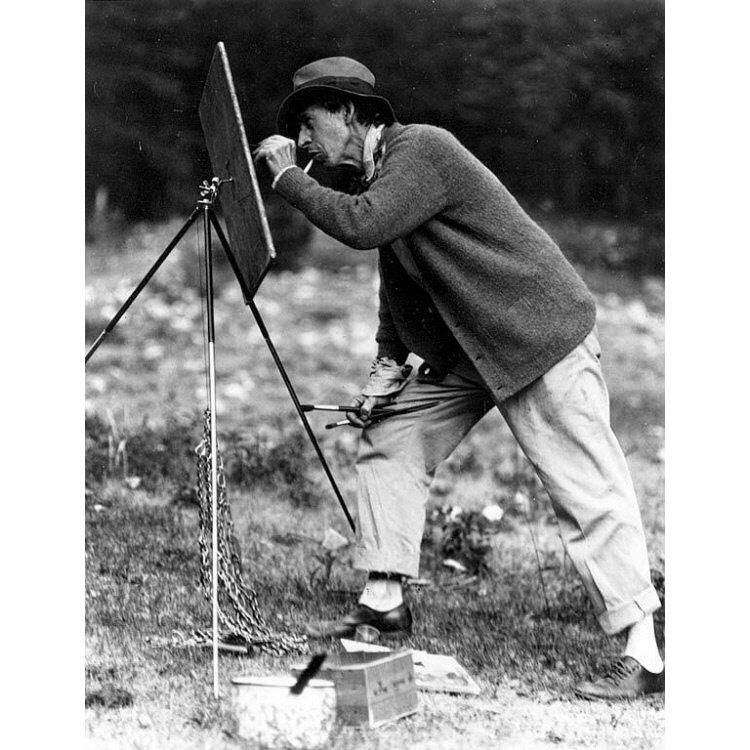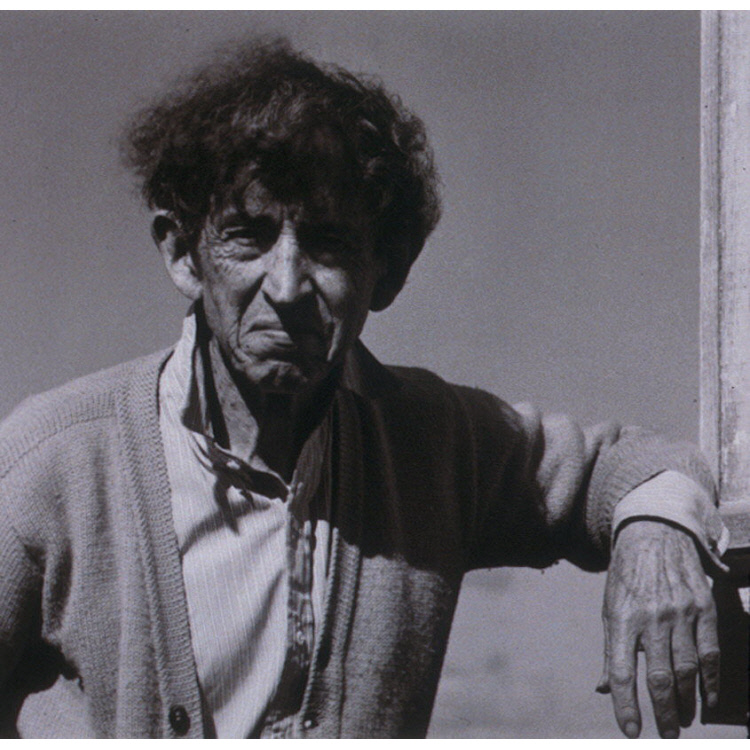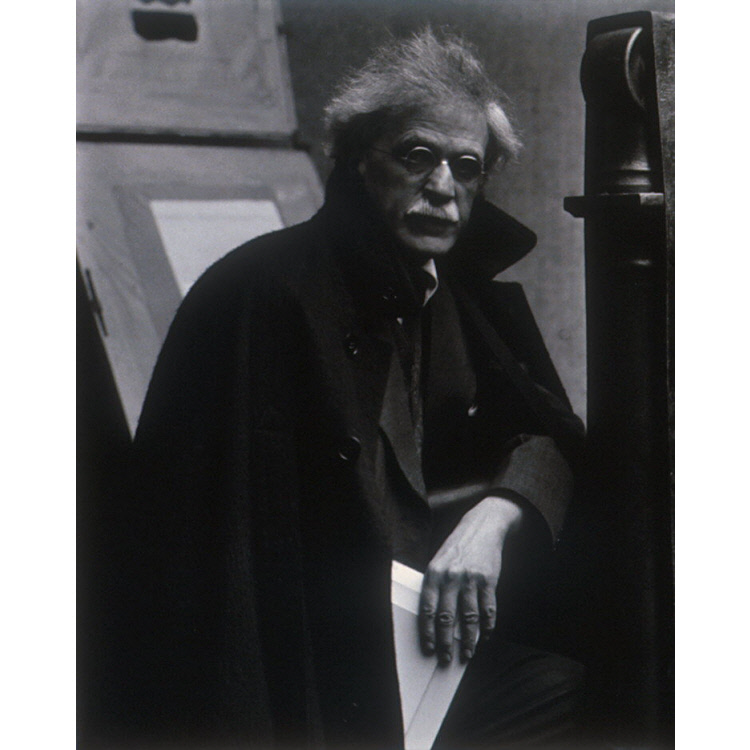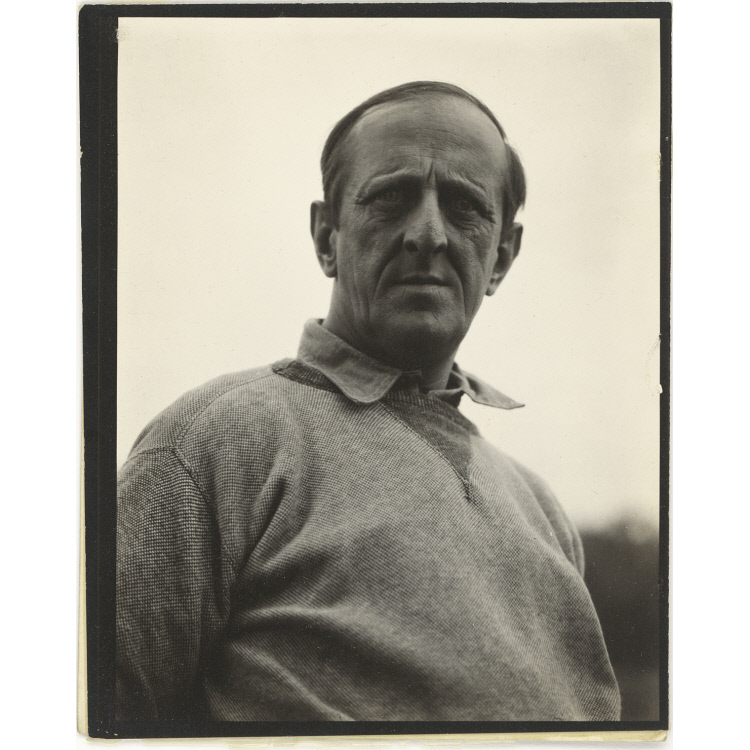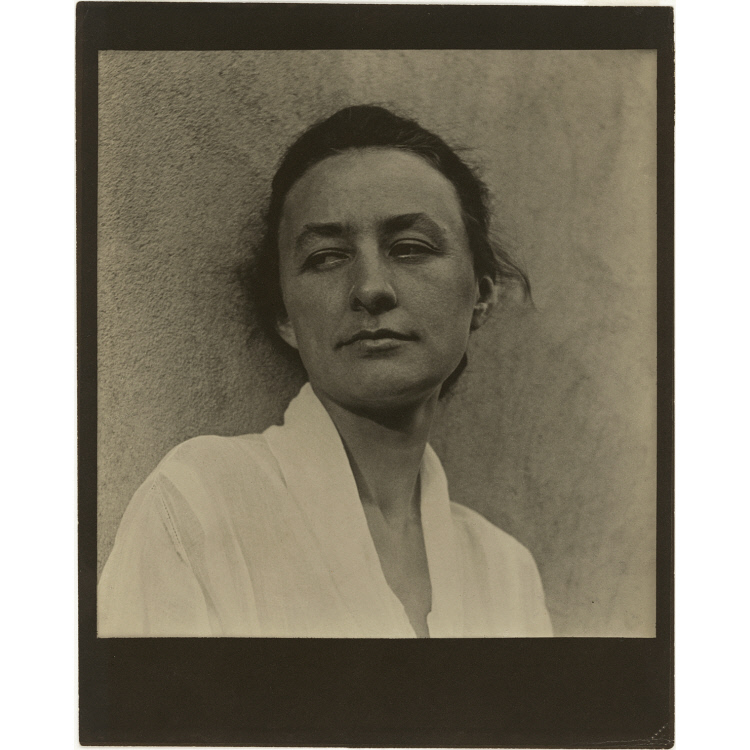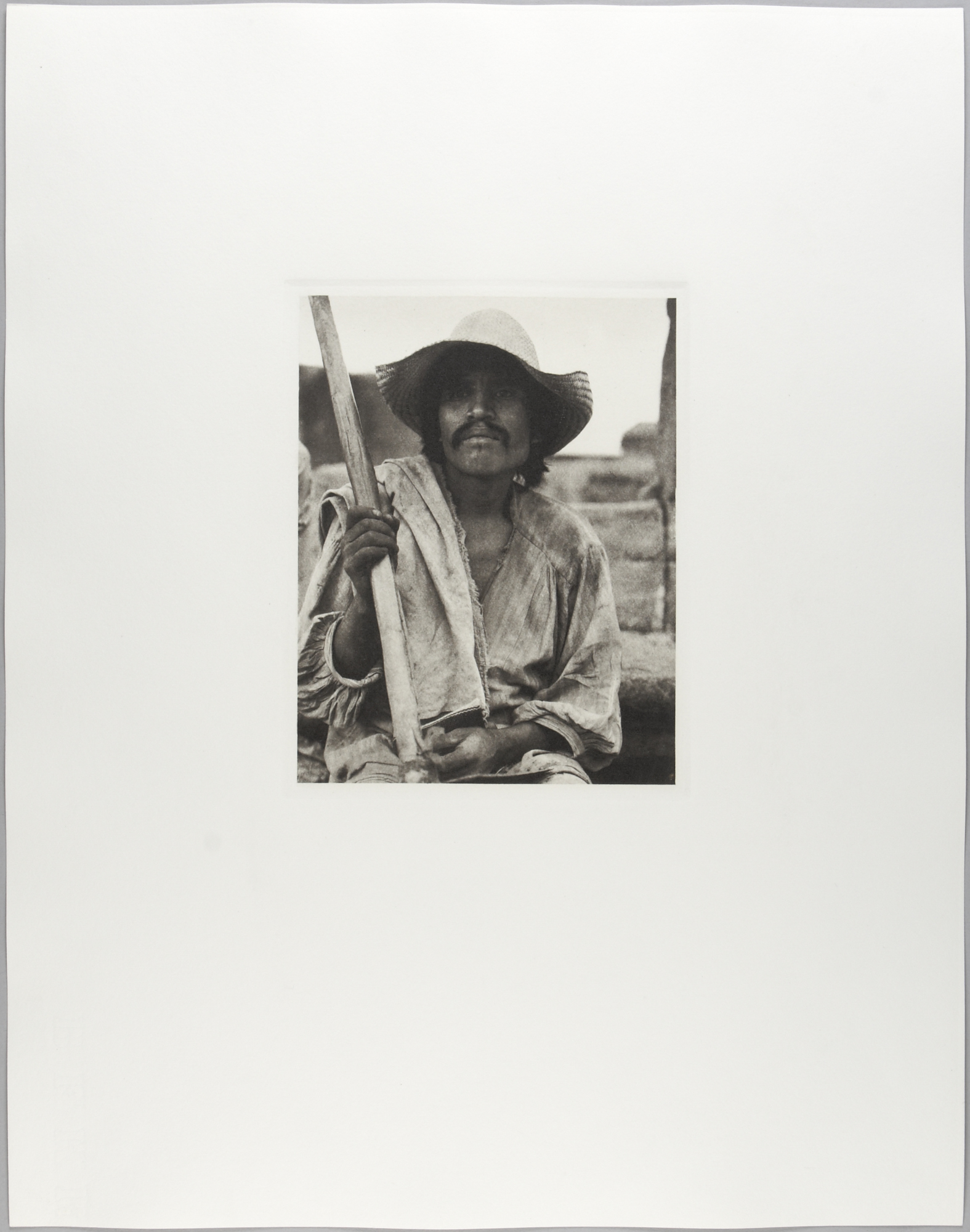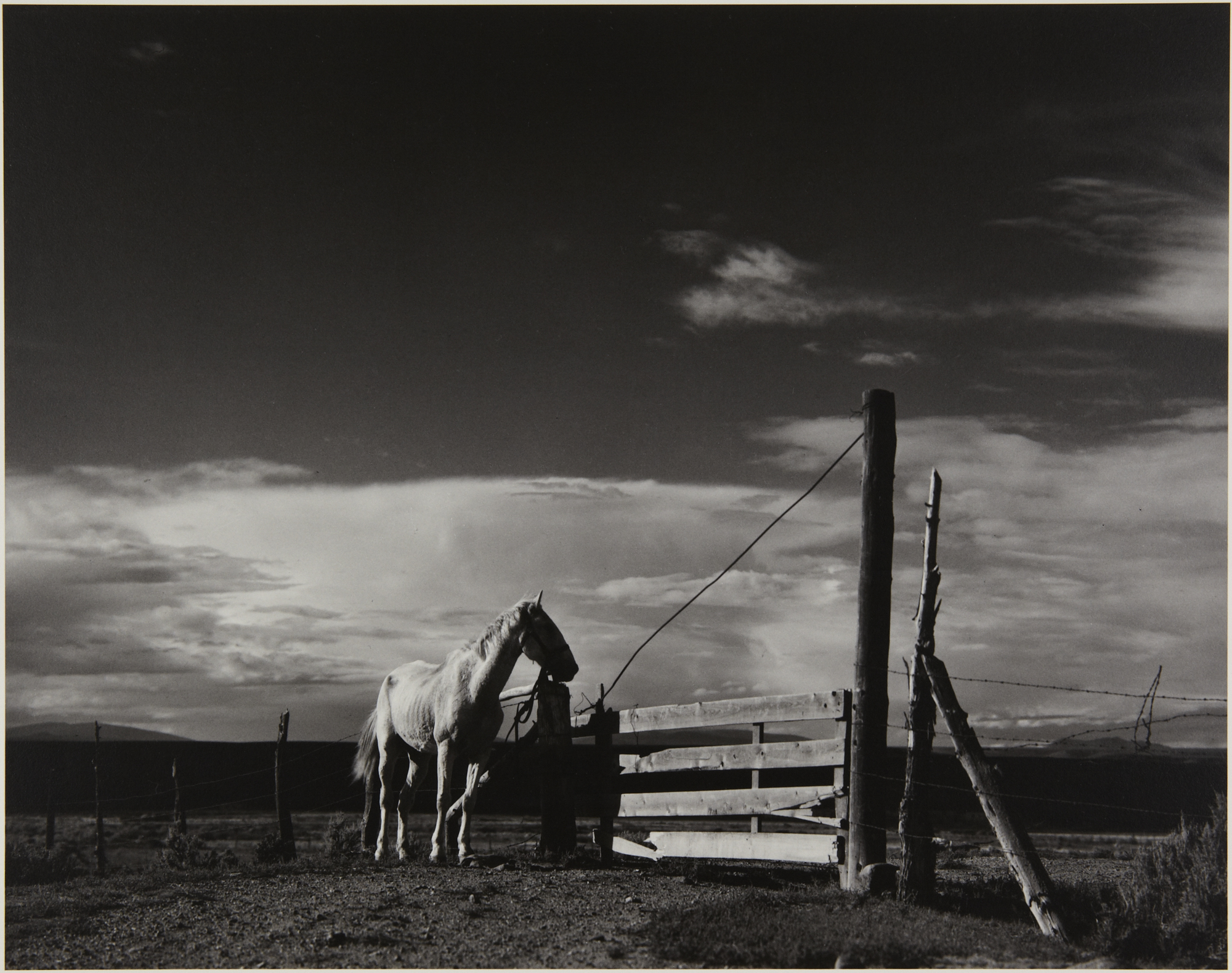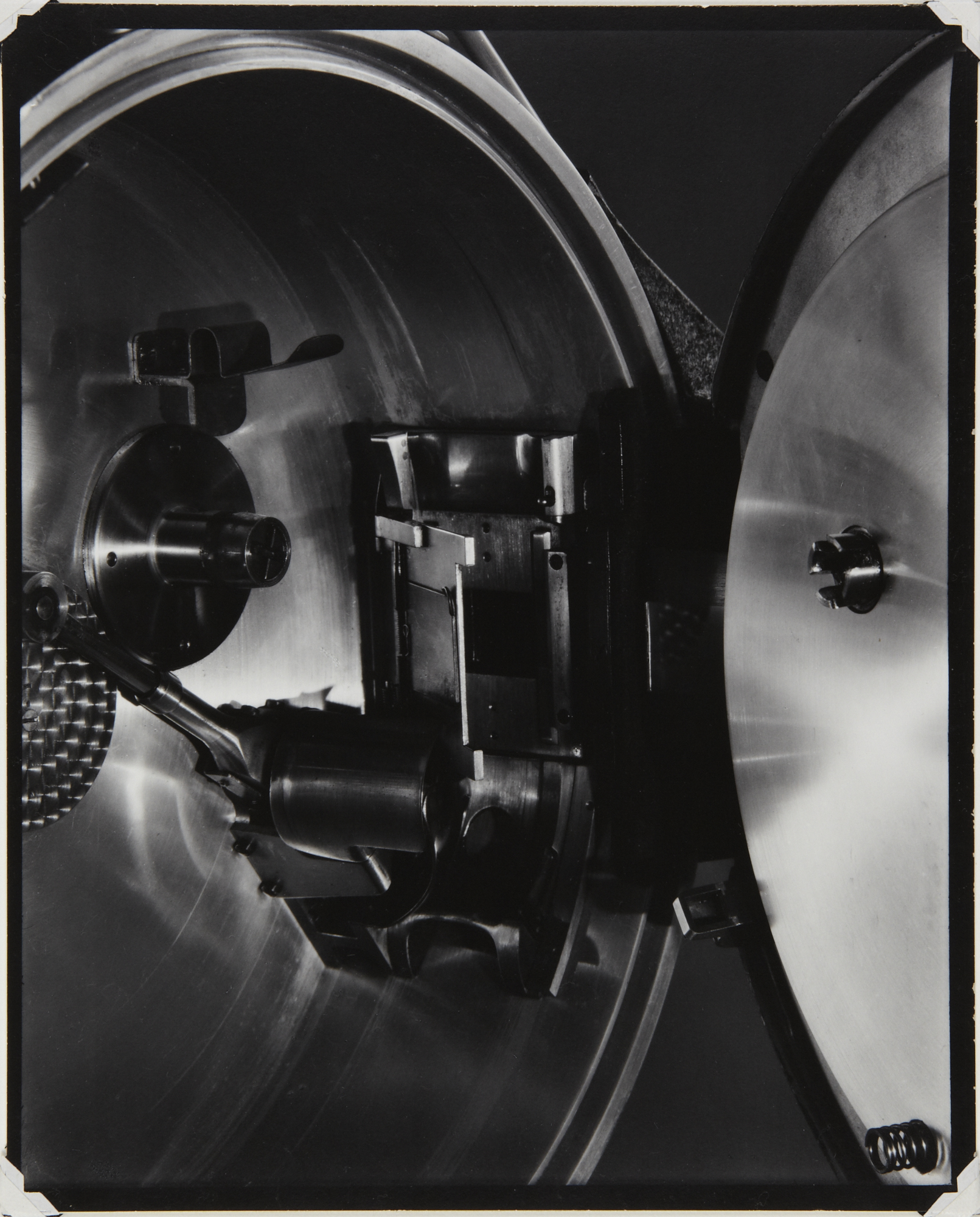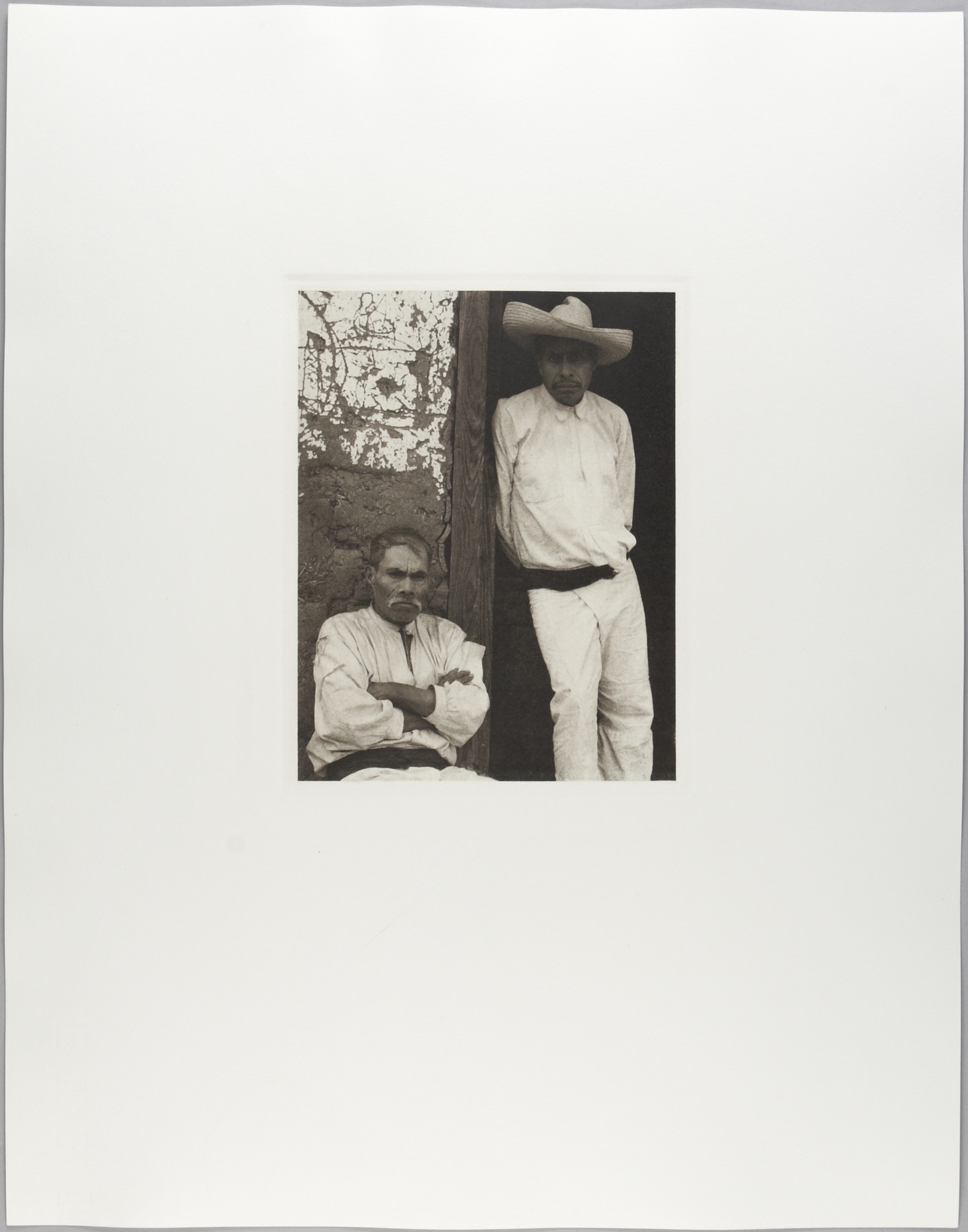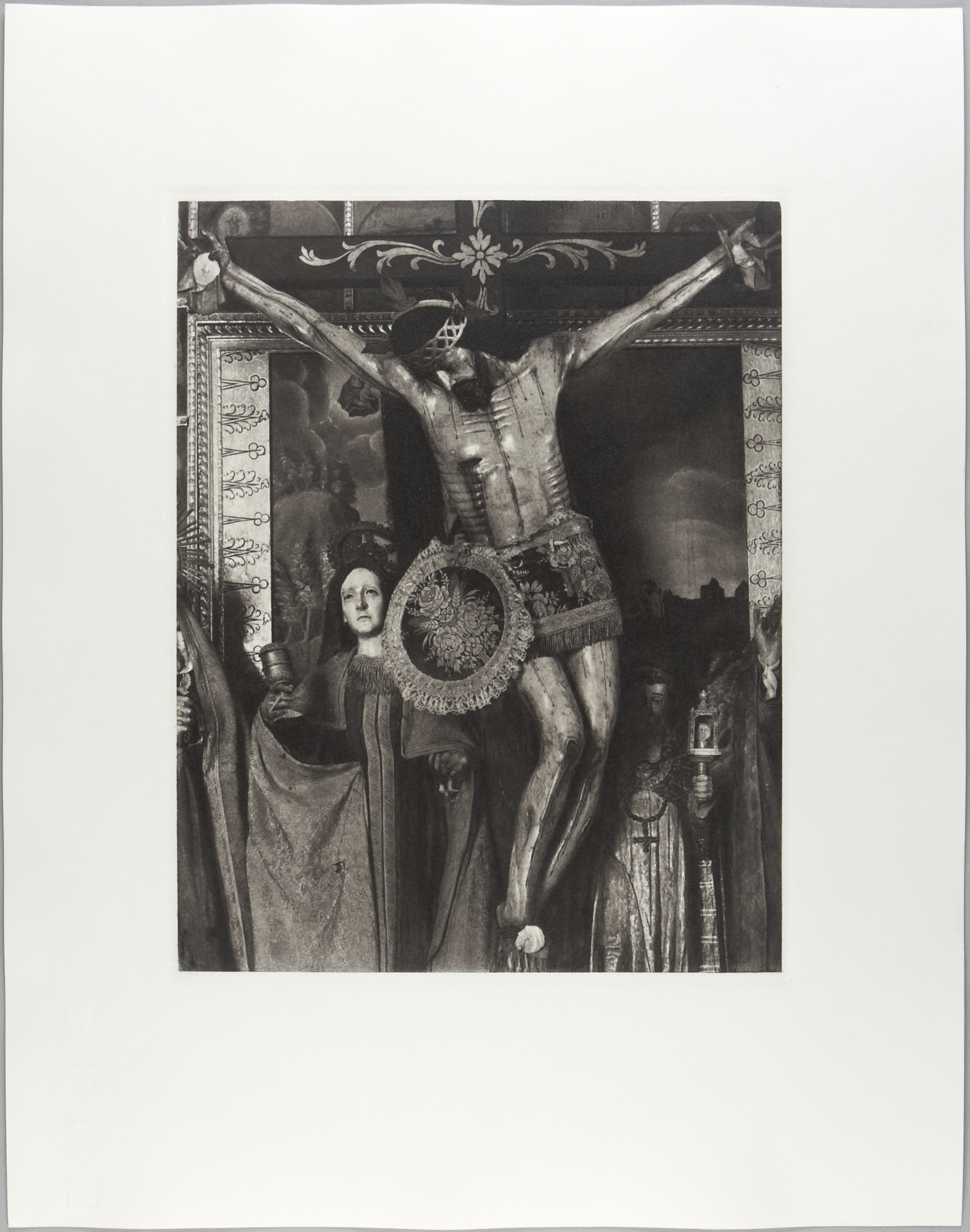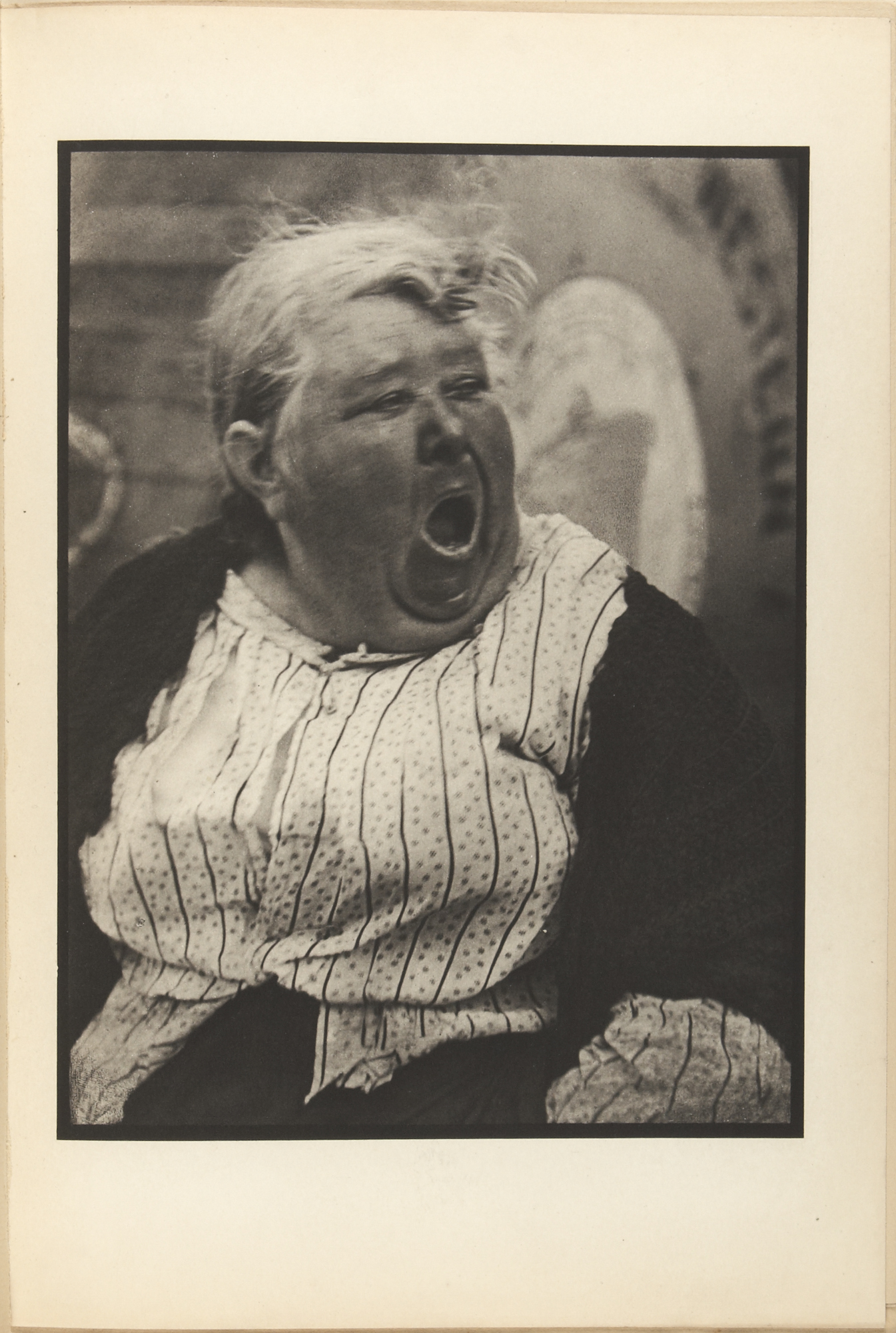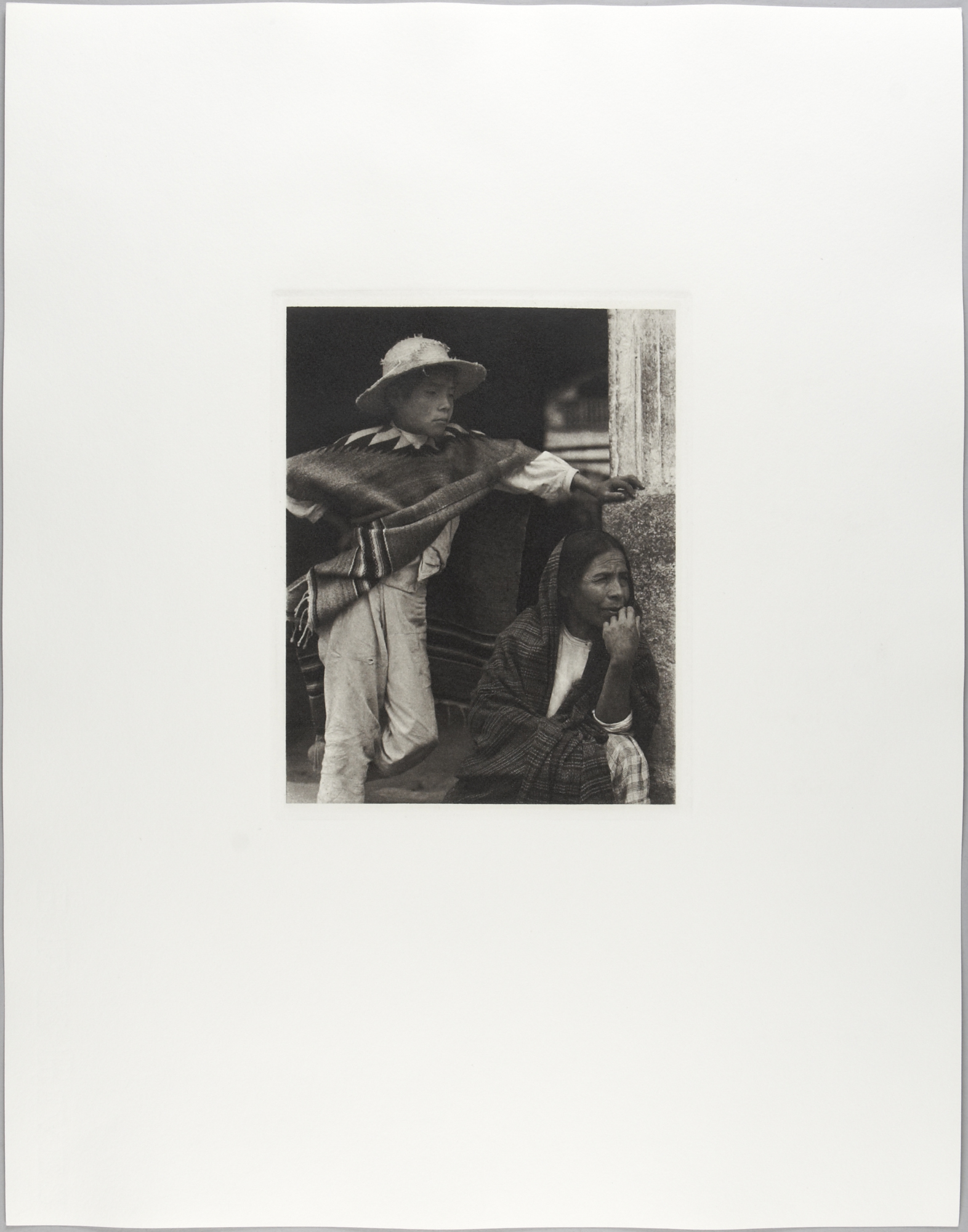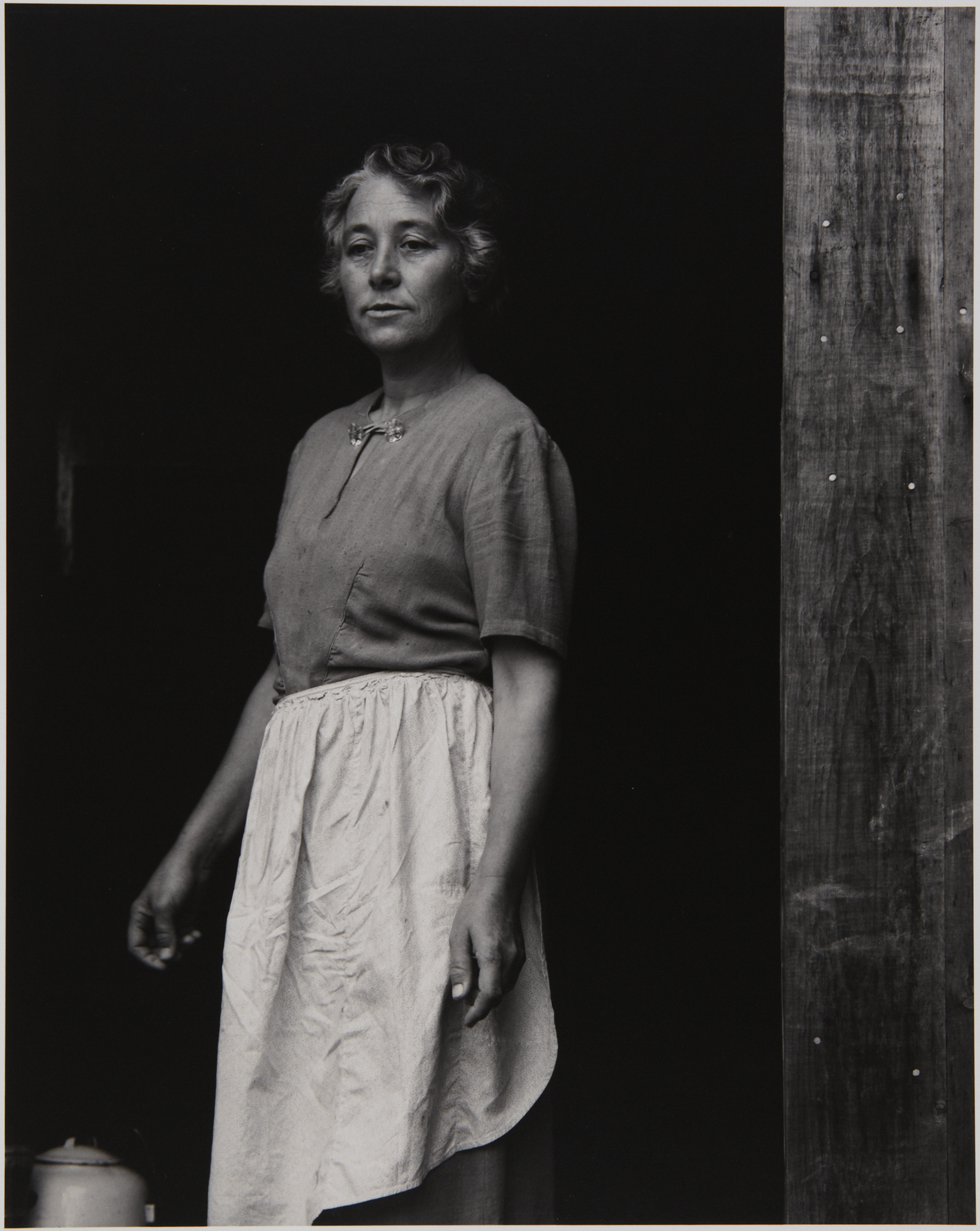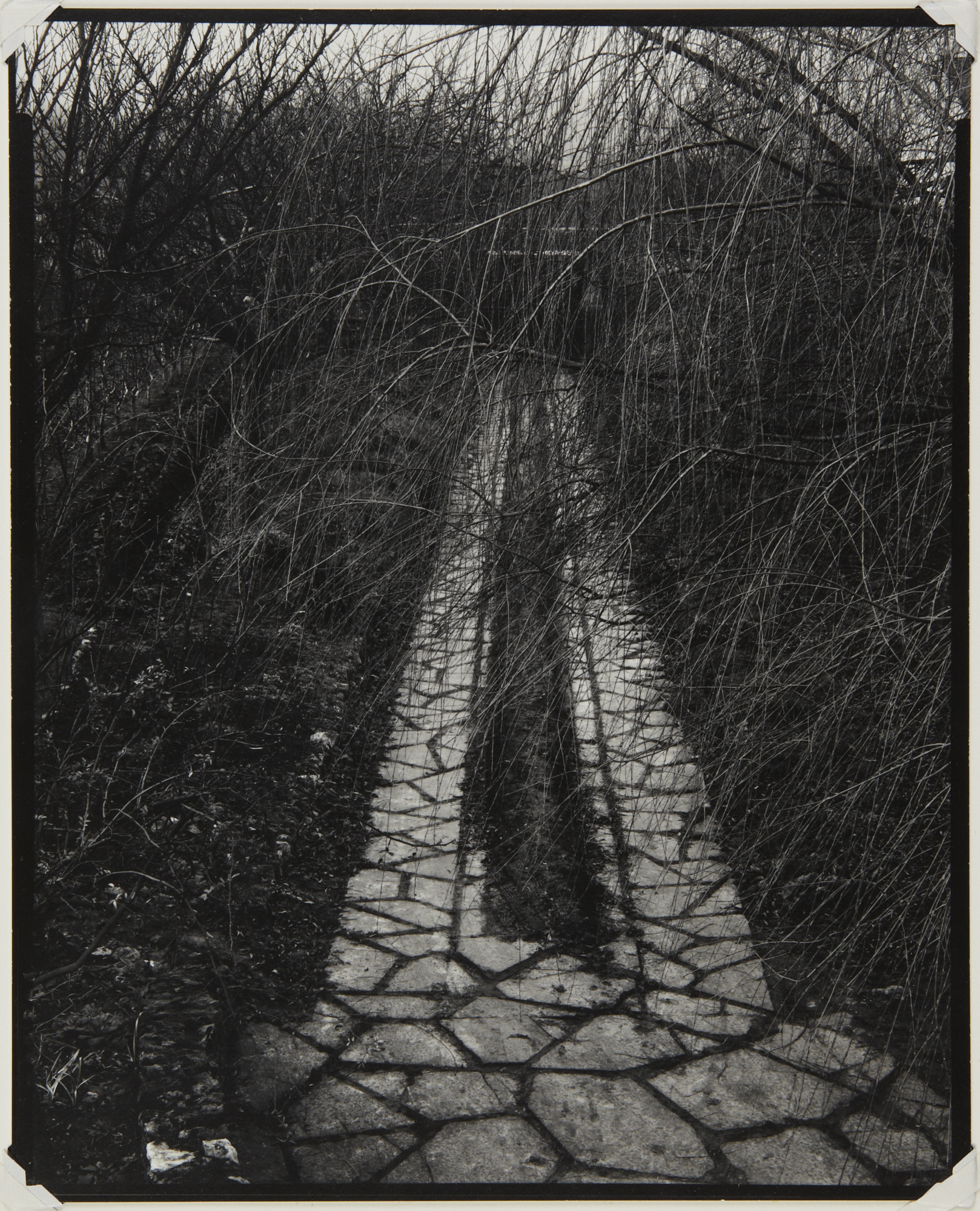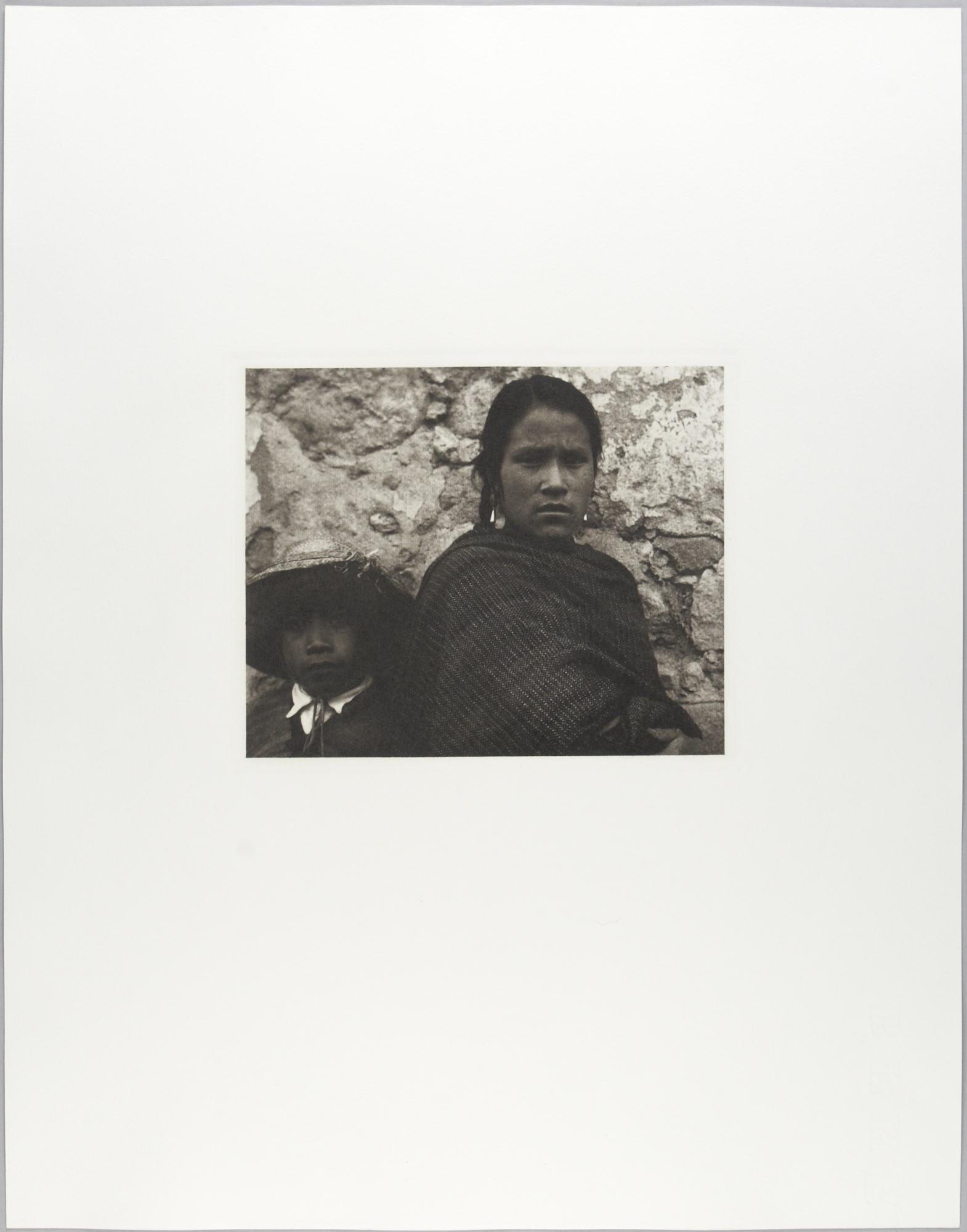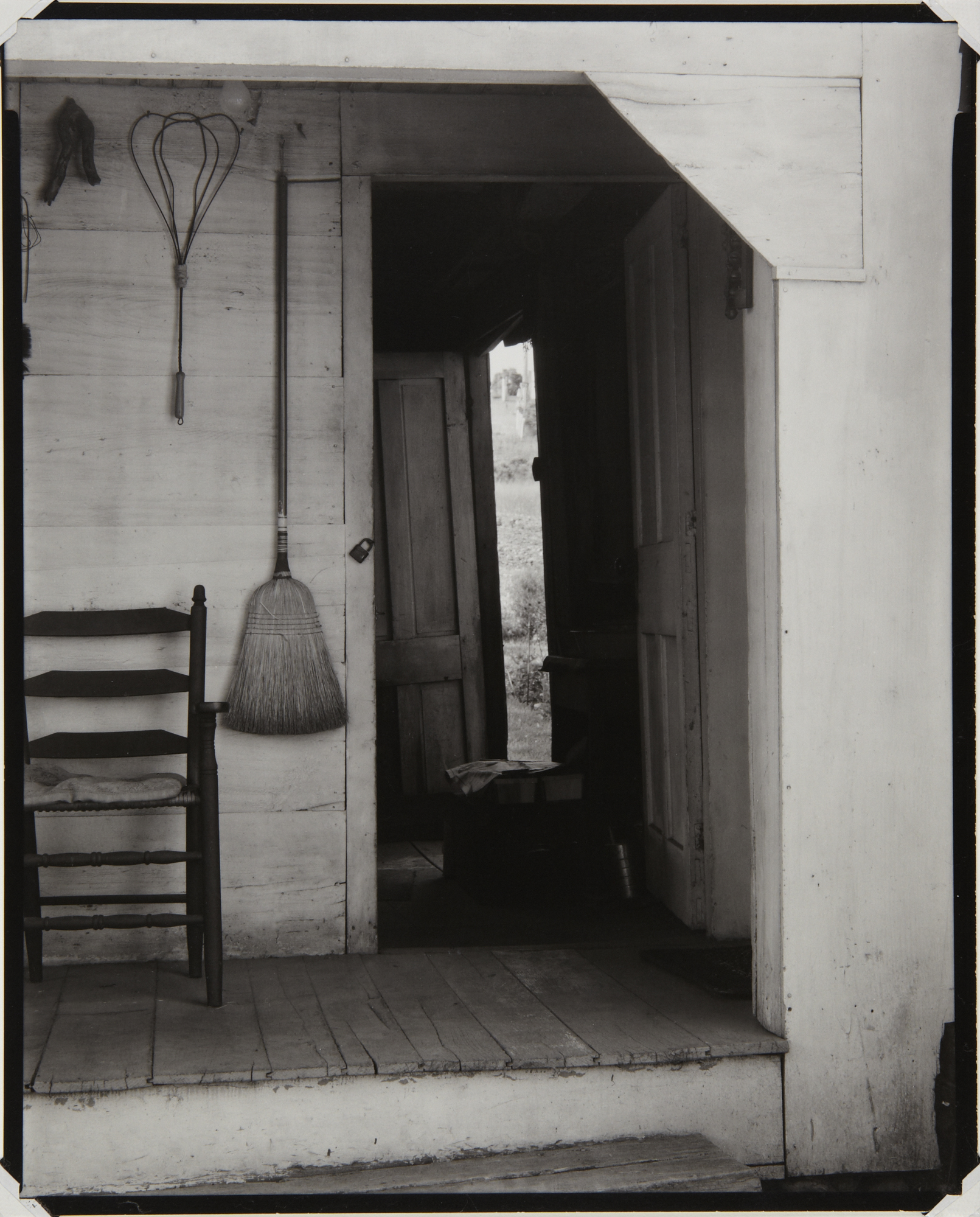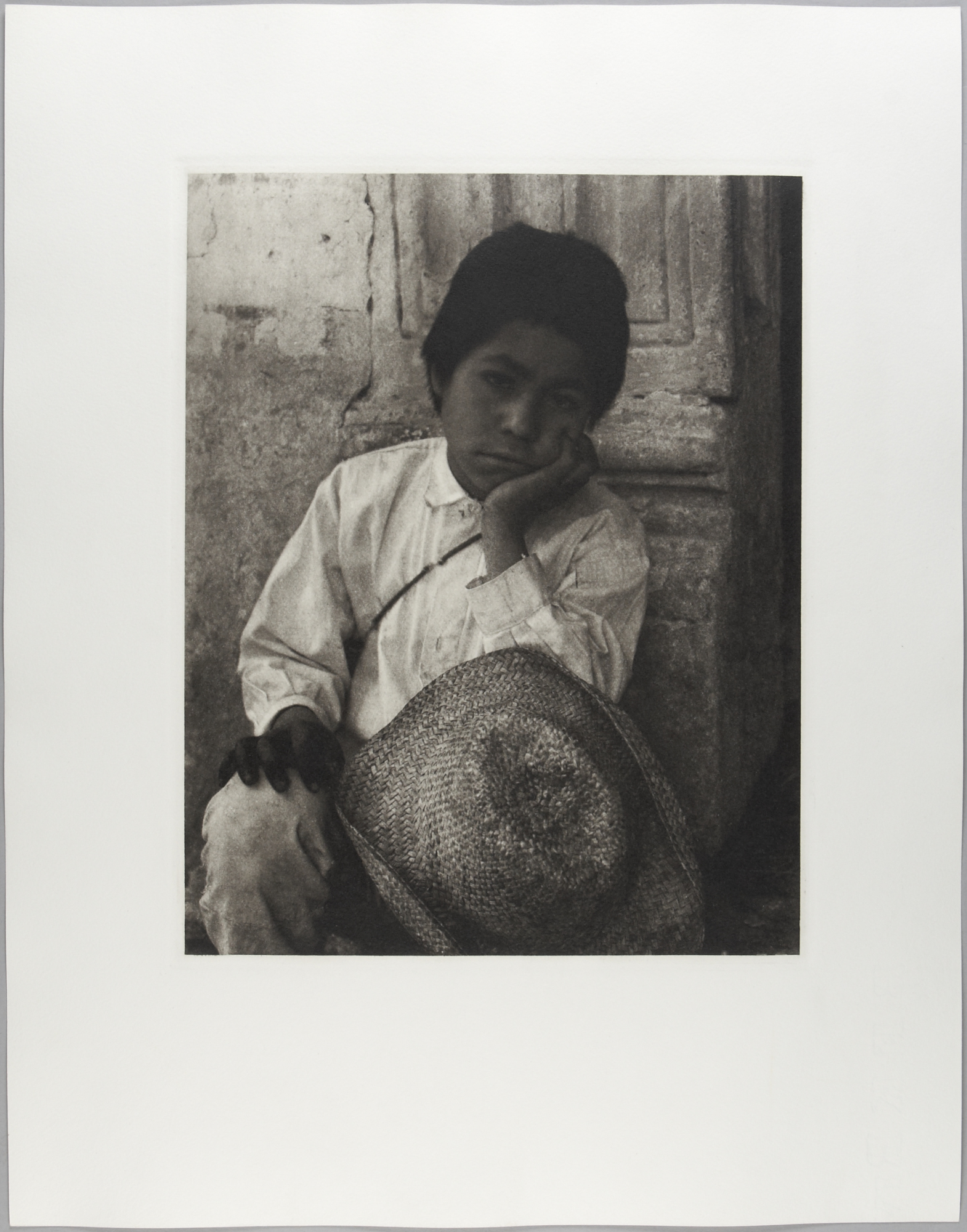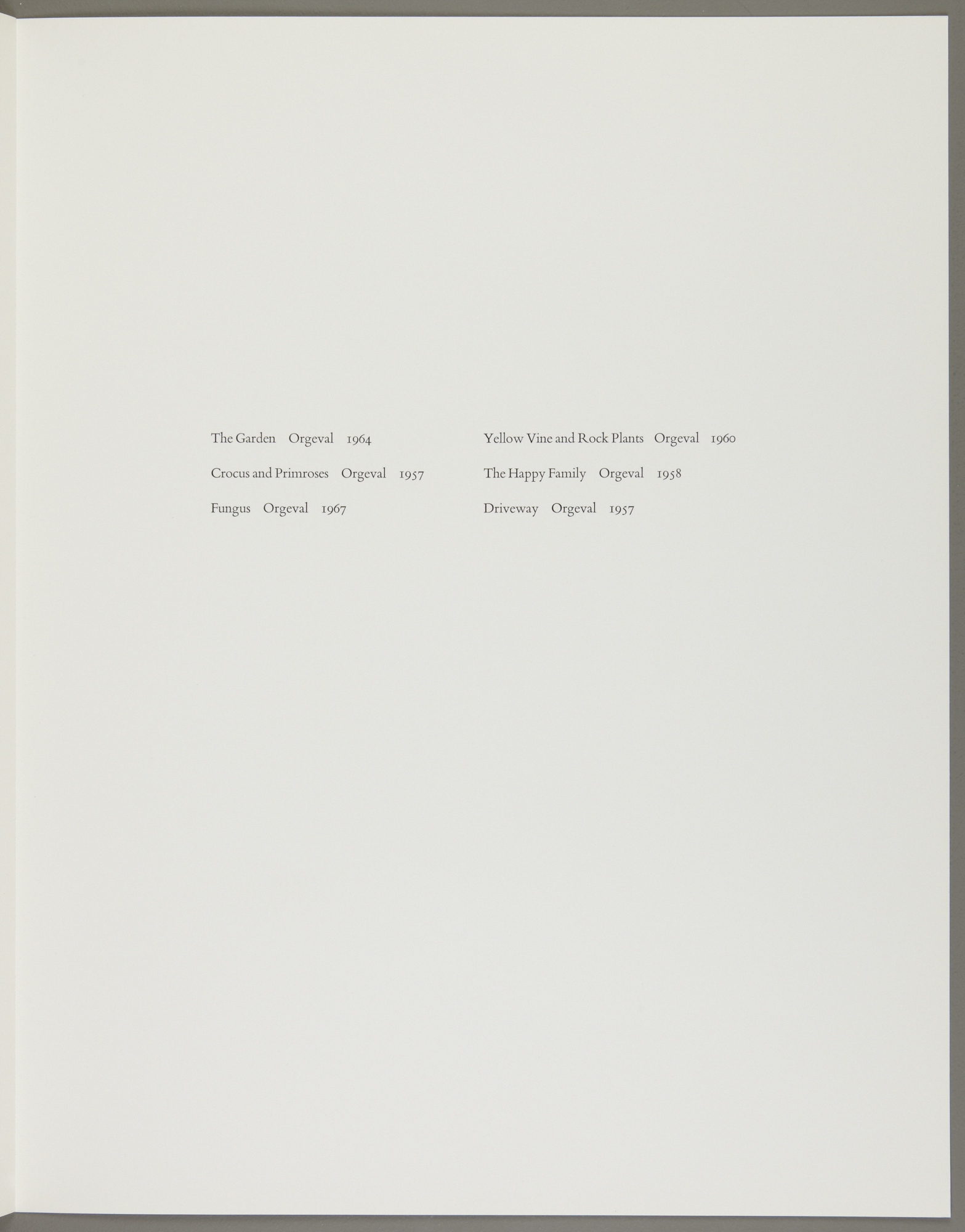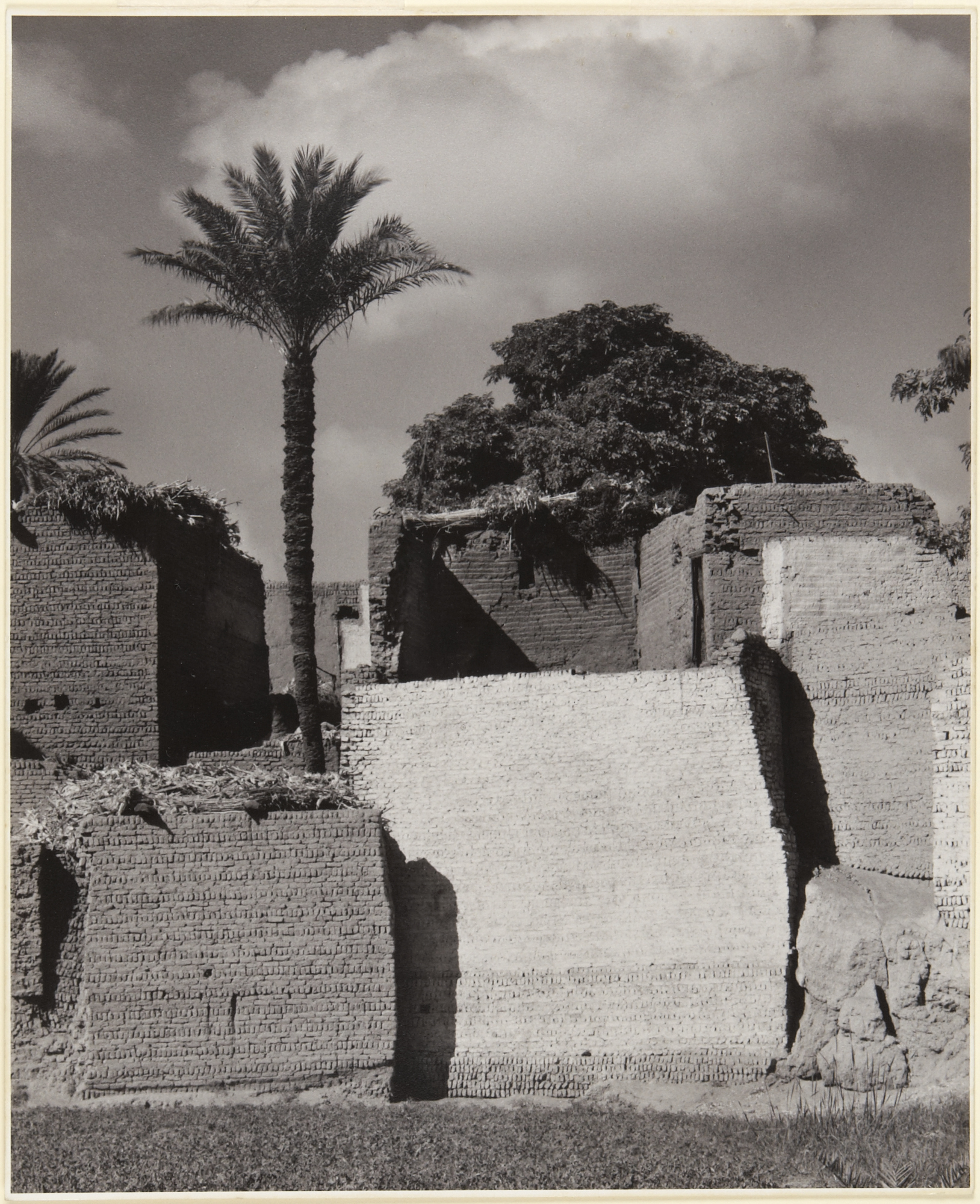Paul Strand
A writer and filmmaker as well as photographer, Paul Strand was born in New York. His family sent him at age fourteen to the progressive Ethical Culture School, where he took a course in photography from Louis Hine. Hine introduced him to the Photo-Secession group and to Alfred Stieglitz, who became, for a while, a friend and mentor. After several odd jobs, including work in a slaughterhouse, and a two-month stay in Europe, Strand became a commercial photographer in 1911. Strand's education, the influence of Stieglitz and the "291" exhibitions, as well as his political experiences—he moved to France in the 1950s to flee McCarthyism—combined to create his view of the importance of human agency in the world.
New England, in particular, was an ideological touchstone for him. Writing of the region's attraction, and its historical role in protecting the rights of man, he stated: "From the very start, New England was a battleground where intolerance and tolerance faced each other. ... I was led to try to find in present-day New England images of nature and architecture and faces of people that were either part of or related in feeling to its great tradition." Strand's Maine and Vermont photographs were an attempt to record a place that he believed embodied the core values of New England and, therefore, of the nation.
William H. Truettner and Roger B. Stein, editors, with contributions by Dona Brown, Thomas Andrew Denenberg, Judith K. Maxwell, Stephen Nissenbaum, Bruce Robertson, Roger B. Stein, and William H. Truettner Picturing Old New England: Image and Memory (Washington, D.C.; New Haven, Conn; and London: National Museum of American Art with Yale University Press, 1999
Objects at Smithsonian American Art Museum (1)
Objects at Archives of American Art (3)

